Previously you have read our blog post on Go and Catch a Falling Star Quizzes Now we are back with another article on Go and Catch a Falling Star Question Answer in the form of one-liners.
Go and Catch a Falling Star Question Answer : 50 One-liners
1. What is the poet’s directive in the first line regarding a falling star?
– The poet instructs to go and catch a falling star.
2. What peculiar task involves getting with child a mandrake root?
– It’s an unusual task to get with child a mandrake root.
3. What does the poet seek information about inquiring where all past years are?
– The poet seeks knowledge about the whereabouts of all past years.
4. Whose foot is mentioned, and what mystery surrounds it?
– The devil’s foot is mentioned, and the mystery is about who cleft it.
5. What two things does the poet want to be taught in the next lines?
– The poet wants to be taught to hear mermaids singing and to keep off envy’s stinging.
6. According to the poem, what does one need to find regarding an honest mind?
– One needs to find what wind serves to advance an honest mind.
7. If someone is born to strange sights, what is the poet instructing them to do?
– The poet instructs them to ride ten thousand days and nights.
8. What visual change is expected after riding for ten thousand days and nights?
– The visual change expected is the aging with snow-white hairs.
9. Upon returning from the journey, what is the person expected to do?
– They are expected to tell all the strange wonders that befell them.
10. What assertion does the poet make about the existence of a true and fair woman?
– The poet swears that nowhere lives a woman true and fair.
11. If someone finds a true woman, what does the poet request to be done?
– The poet requests to be informed if someone finds a true woman.
12. What scenario does the poet reject, even if the true woman is next door?
– The poet rejects the scenario of going, even if the true woman is next door.
13. What condition does the poet impose regarding the woman’s fidelity?
– The woman’s fidelity is conditioned to last until the person writes a letter.
14. How does the poet predict the woman’s faithfulness will change?
– The poet predicts that the woman will be false before the poet comes, to two or three.
15. What quality does the poet ascribe to the woman’s fidelity in the last lines?
– The poet suggests that the woman’s fidelity will be false before the poet comes, to two or three.
16. How does the poet express the concept of the passage of time in the poem?
– The poet expresses the passage of time through the imagery of riding ten thousand days and nights until aging with snow-white hairs.
17. In the context of the poem, what does “envy’s stinging” refer to?
– “Envy’s stinging” refers to the harmful effects of jealousy and covetousness.
18. What does the poet want to find out about an honest mind and what serves to advance it?
– The poet wants to find out what wind serves to advance an honest mind, exploring the mysterious forces that promote virtue.
19. How does the poet challenge the idea of finding a true and fair woman?
– The poet challenges the idea by asserting that nowhere lives a woman true and fair.
20. What does the poet expect the person to do after returning from the prolonged journey?
– The poet expects the person to share all the strange wonders that befell them.
21. What does the poet swear about the existence of a true and fair woman?
– The poet swears that nowhere lives a woman true and fair.
22. Despite the potential sweetness, why does the poet express reluctance to embark on the pilgrimage?
– The poet expresses reluctance due to the anticipated ephemeral nature of the woman’s fidelity.
23. What condition does the poet impose on the woman’s fidelity regarding the writing of a letter?
– The poet conditions the woman’s fidelity to last until the person writes a letter.
24. In the poem, how does the poet play with the idea of fidelity and its potential transience?
– The poet plays with the idea by suggesting that the woman will be false before the poet arrives, to two or three.
25. What is the speaker asking the reader to do in the first line of the poem?
– To perform an impossible task.
26. What is the meaning of “get with child a mandrake root”?
– To impregnate a plant that is believed to have human-like features and magical powers.
27. What is the rhetorical device used in the first stanza of the poem?
– Hyperbole, or exaggeration for effect.
28. What is the tone of the speaker in the first stanza of the poem?
– Mocking or sarcastic.
29. What is the speaker implying about the past years in the third line of the poem?
– That they are lost or forgotten.
30. Who is the devil in the fourth line of the poem?
– A reference to Satan, the embodiment of evil in Christian theology.
31. What is the significance of the devil’s foot in the fourth line of the poem?
– It is a symbol of the devil’s power and influence over the world.
32. What is the speaker suggesting about mermaids in the fifth line of the poem?
– That they are mythical creatures that do not exist or cannot be heard.
33. What is the meaning of “envy’s stinging” in the sixth line of the poem?
– The pain or resentment caused by seeing someone else’s success or happiness.
34. What is the speaker looking for in the seventh and eighth lines of the poem?
– A wind that can help him achieve an honest mind, or a clear and virtuous state of being.
35. What is the rhyme scheme of the first stanza of the poem?
– ABABCCDDD.
36. What is the meter of the first stanza of the poem?
– trochaic tetrameter
37. What is the meaning of “strange sights” in the ninth line of the poem?
– Unusual or supernatural phenomena that are beyond normal perception.
38. What is the speaker saying about his own ability to see strange sights in the tenth line of the poem?
– That he is not born to see them, or that he does not have the gift or the curse of seeing them.
39. What is the speaker expecting the reader to look like after the journey in the twelfth line of the poem?
– Old and gray-haired.
40. What is the speaker asking the reader to do after the journey in the thirteenth line of the poem?
– To tell him all the strange wonders that he encountered on the way.
41. What is the speaker’s opinion about women in the fourteenth and fifteenth lines of the poem?
– That there is no woman who is faithful and beautiful at the same time.
42. What is the meaning of “pilgrimage” in the seventeenth line of the poem?
– A religious journey to a sacred place, or a metaphor for a quest or a search.
43. What is the speaker saying about his interest in finding a true and fair woman in the eighteenth line of the poem?
– That he would like to know if such a woman exists, but he would not go to meet her.
44. What is the speaker saying about the woman’s fidelity in the twentieth and twenty-first lines of the poem?
– That she might be true when he first met her, but she would not remain so until he wrote a letter to her.
45. What is the tone of the speaker in the third stanza of the poem?
– Cynical or pessimistic.
46. What is the theme of the poem?
– The impossibility of finding a true woman, or the futility of love and desire or woman’s infidelity .
47. What is the genre of the poem?
– A metaphysical poem, or a poem that explores complex and abstract ideas using witty and inventive language and imagery.
48. What is the historical context of the poem?
– The poem was written in the late 16th or early 17th century, during the Renaissance period in England, when new discoveries and innovations in science, art, and literature challenged the traditional views of the world and human nature.
49. What is the effect of the use of imagery in the poem?
– It creates a sense of vividness and creativity, as well as a illustration of the speaker’s imagination and argument.
50. What are some examples of imagery in the poem?
– “catch a falling star”, “get with child a mandrake root”, “cleft the devil’s foot”, “hear mermaids singing”, “snow white hairs”, “strange wonders”, “woman true and fair”, “pilgrimage”.
Discover more from Gyankundli
Subscribe to get the latest posts sent to your email.


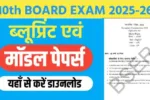
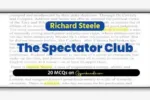
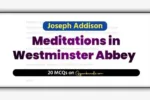
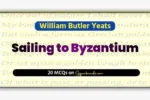
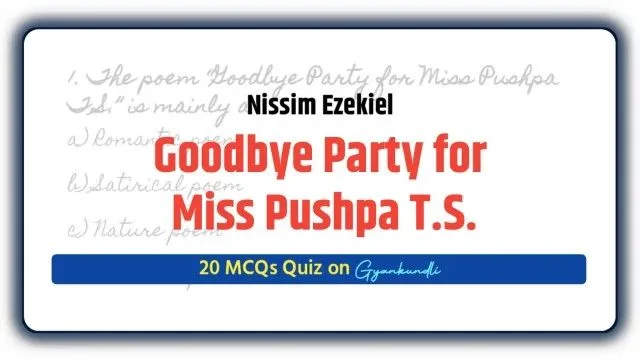

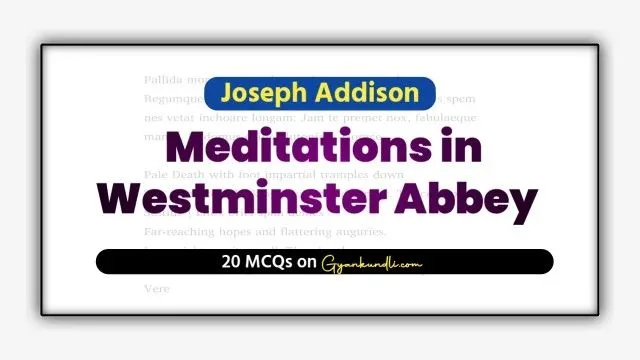
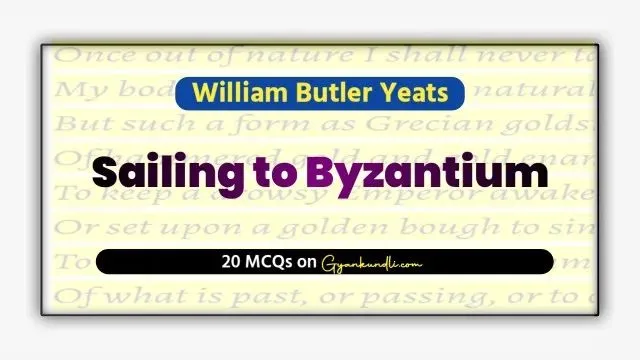
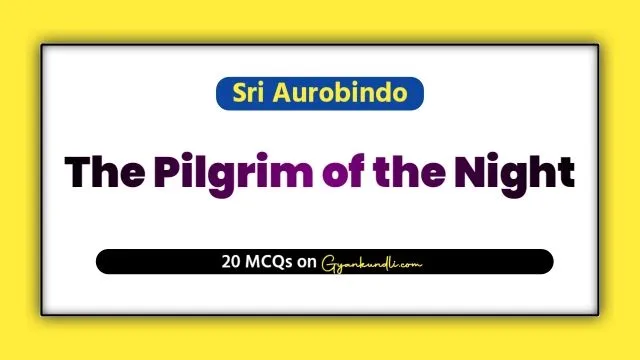
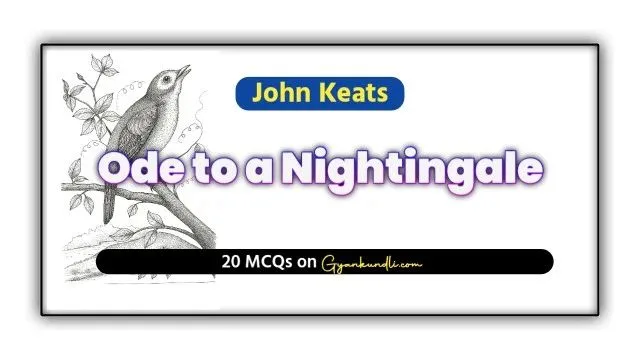
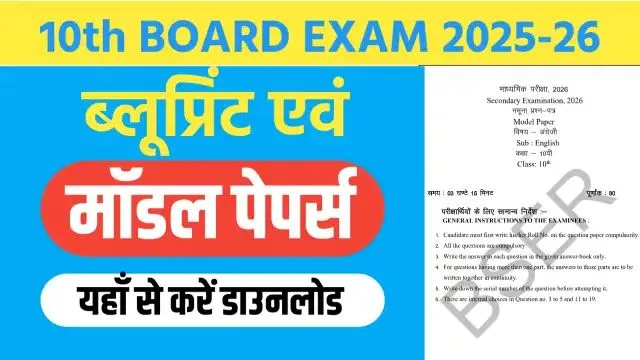



2 thoughts on “Go and Catch a Falling Star Question Answer : 50 One-liners”